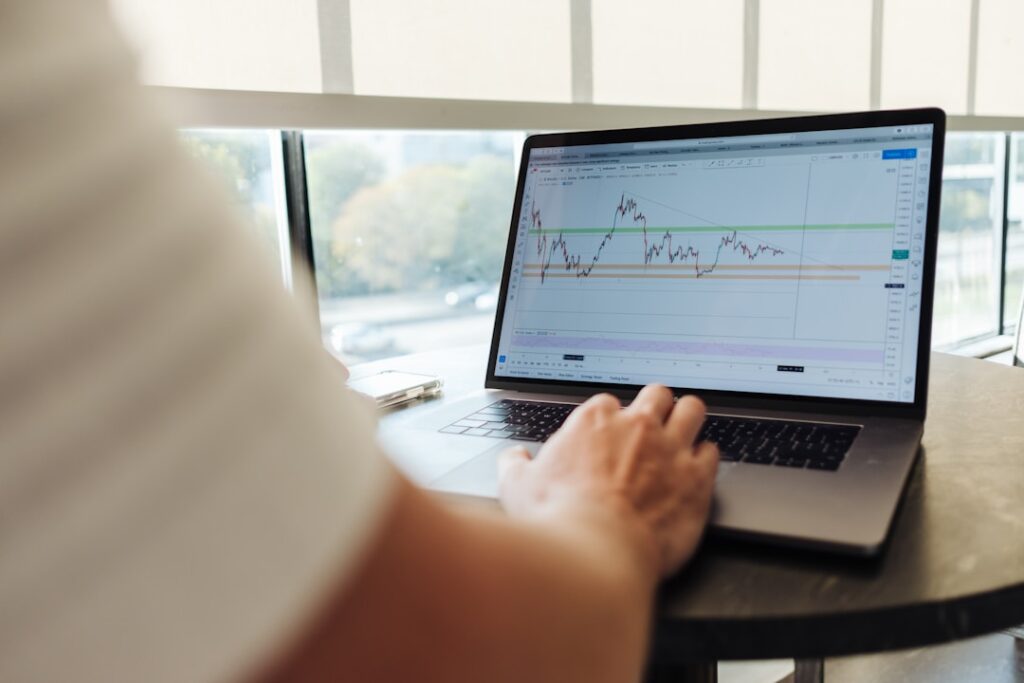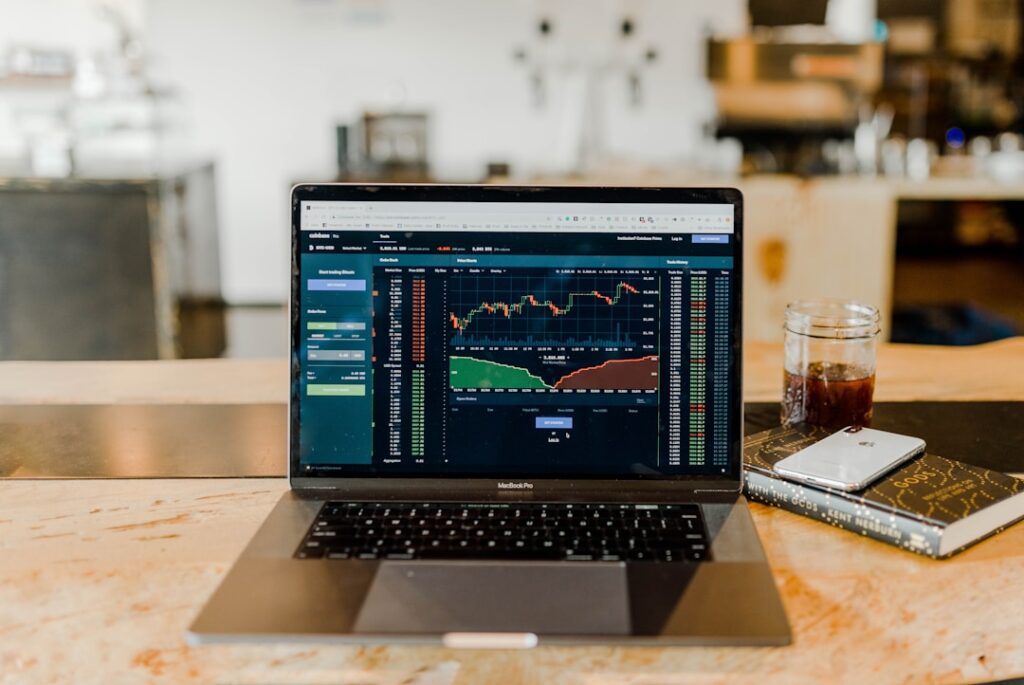Copy trading has become a go-to strategy for many investors looking to mirror the successes of experienced traders. It enables individuals to replicate the trades of professionals automatically, essentially leveraging the insights and strategies of experts to manage their own investments. Choosing the right software is crucial to the success of copy-trading endeavors. This process can be overwhelming due to the multitude of platforms available, each with its features and benefits. Below, we provide an insightful guide to help you select a copy trading software that aligns with your investment goals.
Essential Features to Look for in Copy Trading Software

When evaluating copy trading software, several features stand out as particularly important. First and foremost, the user interface should be intuitive and user-friendly, ensuring new users can easily navigate the platform. This aids in monitoring trades and adjusting settings without unnecessary complications.
Real-time data and analytics are also crucial, enabling traders to make informed decisions based on current market conditions. The software should provide comprehensive insights into each trader’s performance history, risk level, and trading style. This transparency is a key factor when deciding which trader to copy.
Customization options are another consideration. Ideally, the software will allow you to tailor your copy trading experience, including specifying the investment amount and selecting specific trading strategies. Such flexibility is beneficial as it caters to conservative and aggressive investment styles.
Furthermore, the robustness of the trading platform is also a determining factor. It is paramount that a system facilitates smooth trade execution without lags or downtime. The top copy trading software will provide a stable environment that traders can rely on 24/7, especially in a market with no time zone.
Assessing the Security and Reputation of Copy Trading Platforms

Security is an undeniable priority when conducting financial transactions online. Copy trading software must employ stringent security measures to protect user data and funds. Look for platforms that offer two-factor authentication and encryption and have a clear policy on data protection.
A software’s reputation often reflects its reliability and customer satisfaction. Researching user reviews and industry opinions can provide valuable insights. A reputable trading platform usually has a track record of stability, effective customer support, and a transparent fee structure.
Check for any regulatory oversight or compliance certifications that the platform may hold. Regulated platforms offer an additional layer of trustworthiness and accountability, as they must adhere to strict financial standards and practices.
Even the most secure platforms are not immune to technical issues or disputes. Therefore, evaluating how a platform deals with customer complaints and resolves problems is important. A platform with a good dispute-resolution mechanism ensures additional peace of mind.
Comparing Costs and Fees of Different Copy Trading Solutions
Understanding the cost structure of copy trading platforms is essential. Different services have varying fee schedules, including trade commissions, subscription fees, and withdrawal charges. It is important to factor in these costs when calculating potential returns on your investment.
Some platforms use a performance fee model, where investors pay a percentage of their profits to the trader they are copying. While this can align incentives, it can also reduce returns if not carefully structured.
Additionally, the minimum deposit required to start copy trading can be a barrier for some investors. Therefore, comparing the initial investment requirements across various platforms can help you find software that matches your financial constraints.
It’s also worthwhile to look into any hidden fees or costs for inactivity, which might not be immediately apparent. Full transparency in fee structures is a mark of a reliable and trader-friendly platform.
Overall, when choosing copy trading software, prioritize user-friendly interfaces, real-time data access, and customizable options to tailor your experience. Additionally, prioritize security measures, regulatory compliance, and a platform’s reputation for reliability and customer satisfaction. Finally, carefully consider the cost structure, including fees and minimum deposit requirements, to ensure it aligns with your investment goals and financial constraints.